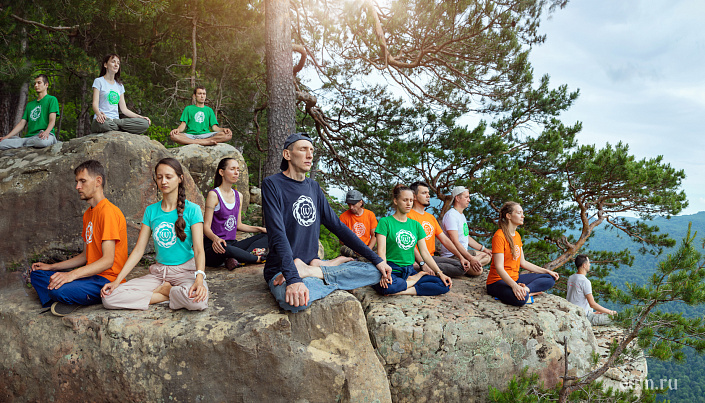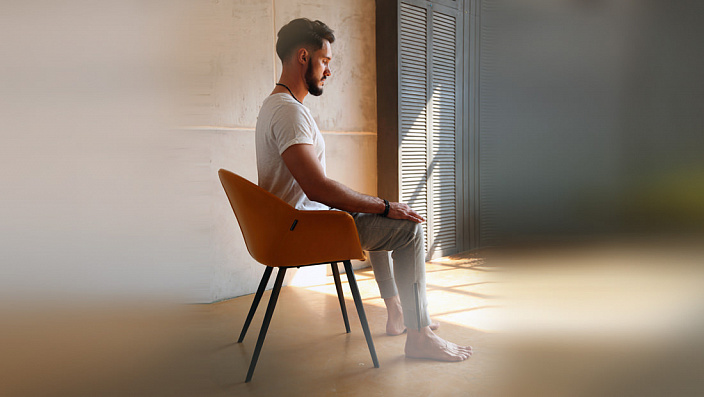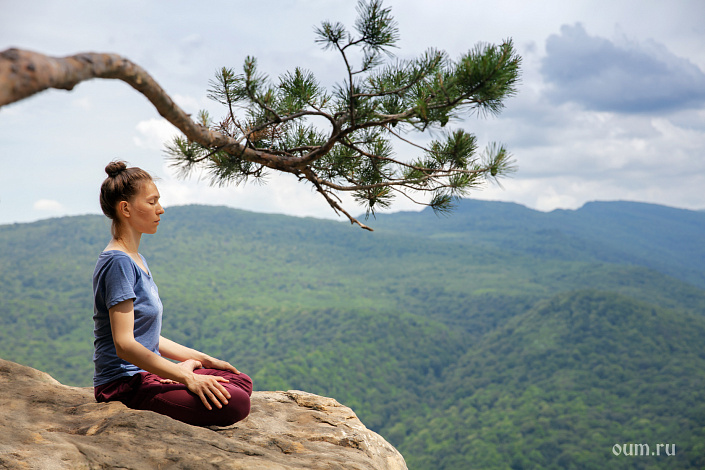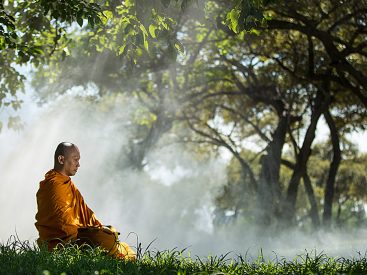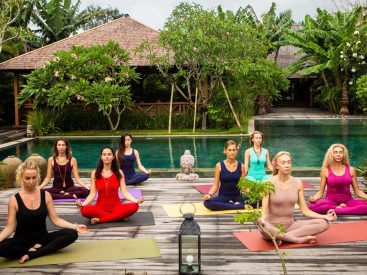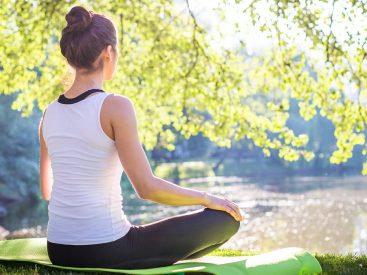BMost of us are highly integrated into social life. We live in cities, and some in metropolitan areas like Moscow; We regularly work at work, take care of our family, and overcome all the difficulties and trials that come our way. Modern living conditions have taken on a very intense rhythm. And this intensity is often the reason that our inner world becomes unstable and restless.
We have reached a high level of material comfort. The technologies we now have provide us with convenience and external well-being in the form of housing, transportation, food, clothing, entertainment, and so on. But what about internal well-being?
If we observe some regions of the eastern countries, we can find that the material conditions in which people live there are much more complex than ours. But at the same time, there are much less problems related to psychological instability in the form of depression, anxiety and other things that appear much more often in our Western world.
Emotional tension and all the manifestations of the mind that result from it are a consequence of the fact that we are too carried away by external hedonistic well-being, forgetting that an important component of happiness is a calm and stable mind. To achieve inner stability and calmness, you can resort to medication. But this method is not successful because the underlying cause of concern remains unresolved.
In an effort to develop in ourselves the ability to balance our inner world and find unshakable support through achieving peace of mind, we can use the techniques of meditation. For different people, the word meditation has completely different associations, and some think that it is very difficult and for the practice you need special conditions and access to an advanced teacher.
We do not have to be like the great yogis of antiquity, who devoted a significant part of their lives to meditation in a cave, or to take monastic vows and live in a monastery. Also, the practice of meditation does not require any special conditions and abilities in the form of twisting oneself in the lotus position.
Any of us is capable of meditation. The only thing that is required is our diligence, patience and regularity in practice. In this article we will look at a meditation technique that is very simple and, with regular practice, can produce significant results.
The first thing to pay attention to is the posture in which we are going to practice. Two factors are very important in meditation: relaxation and stability. Our position should be as relaxed as possible so that our mind becomes more flexible and calm, but at the same time and stable, so that we do not fall into lethargy and drowsiness.
We try to find a balance between relaxation and tension. If we relax too much, we will just fall asleep, but if we are too tense, it will be very difficult for us to calm our mind and achieve inner balance.
The second important point is a straight back. It is not so important how much we can twist our legs, more important is the straight back position. Therefore, a straight back is the most important component in adjusting posture for meditation practice. The way our legs are crossed is a secondary factor.
The easiest option is to sit on a chair. We sit with a straight back, place our feet so that their entire surface is pressed to the floor, trying not to cross the ankles, and put our palms on our knees. We close our eyes and begin to direct our attention to individual parts of the body, trying to track the tension present there and relaxing this zone as much as possible. You can start the process of conscious relaxation by starting with the feet. We relax the feet, legs, hips, abdomen, chest.
It is worth paying special attention to the area of the shoulder region and face, because it is there that our muscles often involuntarily tense. In everyday life, our shoulders can lift from mental stress and excitement. The muscles of the cheeks and forehead also often remain tense throughout the day. We deliberately lower our shoulders, relaxing them as much as possible, but try to maintain a straight back, avoiding stoop.
Next, we relax the arms, forearms and hands. Climbing higher, we try to remove unnecessary tension in the muscles of the neck. Initially, you can take such a position of the head when our chin remains parallel to the floor and very slightly lower our head down so that the cervical vertebrae are most comfortable during practice. Pay attention to the muscles of your face, we try to relax them as much as possible.
Relax your chin, cheeks, eyelids and forehead as much as possible. With the tip of the tongue we touch the upper palate and try to maintain this position of the tongue throughout the practice. Remember that maximum relaxation must be accompanied by stability. We keep our back straight and avoid lethargy and drowsiness.
Having accepted the position and making sure that we are sitting relaxed and stable, we begin directly the practice itself. We direct our attention to the breathing process without forcing it.
We just try to focus on the processes of inhalation and exhalation, observing the breath. In the process of practice, we can focus on a point under the nose, in the upper lip, where we feel the movement of air. We concentrate on this point, feeling how air enters and exits the nasal cavity. We seem to be drinking air.
At the initial stage, there is no need to force breathing, we breathe naturally. We do not stretch the inhalation and exhalation and do not hold our breath, we breathe and focus on the point of concentration and on the sensations of breathing. After a few minutes, you may find that your breathing has become calmer and more extended. Once you feel that your breathing has stabilized, you can consciously increase the time for inhalation and exhalation with very little effort.
Cross-legged practice on the mat has its advantages. It is recommended to use classic meditation positions because such positions can significantly improve the results. The fact is that when our legs are crossed and our back is straightened, the movement of energy begins to acquire an upward character, and from the physiological side there is a positive effect on the internal organs and on the nervous system as a whole, which improves the final result in the practice of calming the mind.
In addition, this position is the most stable, which helps to overcome the tendency to sleepiness during the meditation session.
When taking a cross-legged position on the mat, it is recommended to adhere to the same principles that were described earlier – a straight back, achieving a balance between stability and relaxation.
You can use the meditative practice of focusing on the breath anywhere you can pause for a few minutes. For example, while sitting at your desk and feeling mentally stressed and tired, you can devote five minutes to this practice while sitting at your desk. Or, while standing in public transport, you can also do this practice, working with your attention.
As you develop the skill of focusing your attention on your breathing, in the future you will be able to more and more quickly restore inner calmness, stability and clarity. You will begin to transmit your accumulated peace of mind to your family, friends and colleagues at work. The feeling of inner well-being and calmness will grow stronger and stronger in your mind, and you will see in yourself and in the world around you qualities and things that you did not even notice before.
